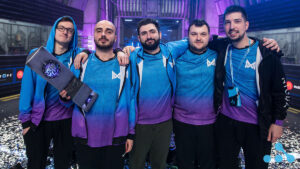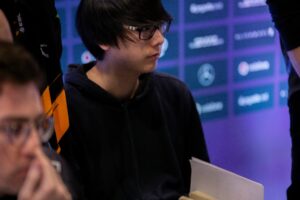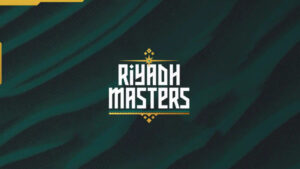Drafting Phases in Dota 2
Drafting in Dota 2 is a crucial aspect of the game that can greatly impact the outcome of a match. It is the process of selecting heroes for your team while attempting to counter your opponent’s picks. Understanding the different phases of drafting is key to creating a successful team composition.
The drafting process consists of two phases: the pick phase and the ban phase. During the pick phase, each team selects their heroes in alternating order. The team that has the first pick will have the last pick in the second round. The ban phase is similar, with each team taking turns banning heroes they don’t want to face.
Phase 1 – The Ban Phase: In the first phase of the drafting process, each team is given two bans. This is where you eliminate heroes that you don’t want to face, or heroes that would be a good fit for your opponent’s composition. You want to eliminate the strongest heroes that your opponent excels with, or that could be detrimental to your own team composition. This is also an opportunity to prevent the other team from countering your own picks.
Phase 2 – The Pick Phase: Once the ban phase is complete, each team takes turns picking their heroes. The order of picks is determined by the coin toss or by who has the first ban. This is where you start to build your team composition, and you should pick heroes that work well with each other, and that can counter the enemy team’s picks.
The first two picks should be focused on selecting core heroes that are essential to your team’s strategy. The third and fourth picks should be flexible heroes that can adjust to the enemy’s composition. The fifth pick, also known as the “anchor pick,” should be a hero that can solidify your team’s strategy and fill in any gaps in your composition.
Throughout the pick phase, it is important to consider the strengths and weaknesses of your team, and to choose heroes that complement each other. A team with strong crowd control abilities can benefit from heroes that deal a lot of area-of-effect damage, while a team that lacks mobility can benefit from heroes with escape abilities.
It’s also important to consider your opponent’s picks, and try to counter them. If your opponent has picked a hero that is particularly strong, you can try to counter it by selecting a hero that has an advantage over it. For example, a hero with a stun or silence can be useful against a hero that relies on spells to deal damage.
In conclusion, drafting in Dota 2 is a complex process that requires careful consideration of many factors. Understanding the different phases of the drafting process and the strengths and weaknesses of different heroes is key to creating a successful team composition. By focusing on team synergy and counter-picking, you can give your team an advantage over your opponents and increase your chances of winning the match.




